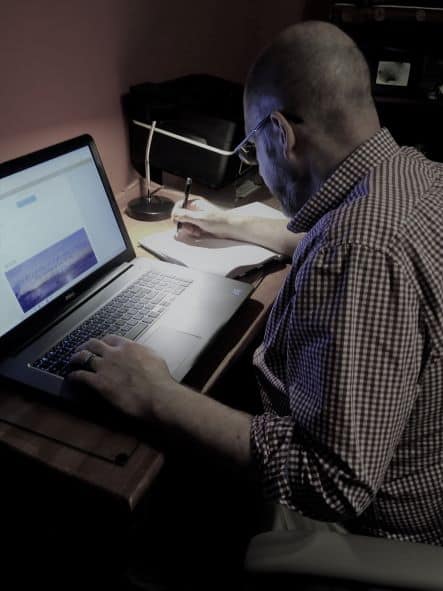
You may have heard it: sitting has become an epidemic, or, sitting is the new smoking. As a population, we are sitting more than ever. We binge-watch streamed shows, we work from home, we drive everywhere, and we stare at our screens.
All of this has only been made worse by the pandemic.
People are trying to transition back into all the things they were doing before Covid. Unfortunately, after over a year of relative immobility, they are primed for pain or injury. Or maybe they are now working from home at a less-than ergonomic workstation, setting the body up for strain.
Here is where physical therapists come into the picture.
What might we see?
- Back pain
- Neck pain
- “Text neck”
- Shoulder impingement
- Carpal tunnel syndrome
- Headaches
- Hip flexor tendinitis
It seems like the possibilities are endless, and they are, depending on what activity an individual is trying to perform. The bottom line is that our patients, as always, need education. They may not be aware of the enormity of the impact.
We took physics. We know Newton’s Law of Inertia:
“An object at rest stays at rest, and an object in motion stays in motion…”

Our bodies are made to move; when we don’t, the physiological impact is huge. Aside from the extensive musculoskeletal imbalances and dysfunctions, a sedentary lifestyle has been found to increase the risk for chronic health illness (the reason it has been likened to smoking). This can include obesity, diabetes, hypertension, heart disease, and deep vein thrombosis.
We also know how strong the emotional and physical connection is within our bodies. Lack of mobility can impact our mental health, leading to increased stress, anxiety, and depression. And so the cycle begins with poor mental health, poor sleep, poor posture, and physical manifestations of our emotions.
What can we do?
We can educate, advise, and offer suggestions to combat immobility. Motivate your patients without overwhelming them. Small, simple changes can make a difference and are often the jumping-off point that they need.
For the work-at-home employee
First of all, optimize your workstation ergonomics to decrease the stress on your body while you are working. Second, there is no longer a water cooler or break room. So, build the breaks into your routine. Set a timer for every hour or so for a movement break. If you can’t stand up, do some seated stretches or range of motion throughout your day. If you can stand up, walk around, stretch, do some stairs, take the dog out. Just move.
For the driver
Keep your hips above your knees and try not to shift your weight. Adjust your seat and mirrors for your best posture. That way, when you start to slouch, the necessary mirror adjustment can be your cue, your own personal feedback.
For the binger
Move around between episodes instead of letting it just run right into the next one. Use that natural break to get your heart going a little bit- go for a walk, do some jumping jacks, jog up and down the stairs.
For the former athlete getting back to your sport
Most likely, you can get back to where you were before, but take it slow. Warm-up, stretch, and cool down; do it all the right way. Listen to your body, and don’t be too hard on yourself when faced with limitations. Enjoy the process and take each step of progress for what it is.
And, for their physical therapist
Let’s break the sitting epidemic. Teach proper posture and body mechanics. Show them some stretches. Encourage mobility and balance. These are all things we do every day!

For the “driver” truck or car, a thick wallet can affect your back and posture…